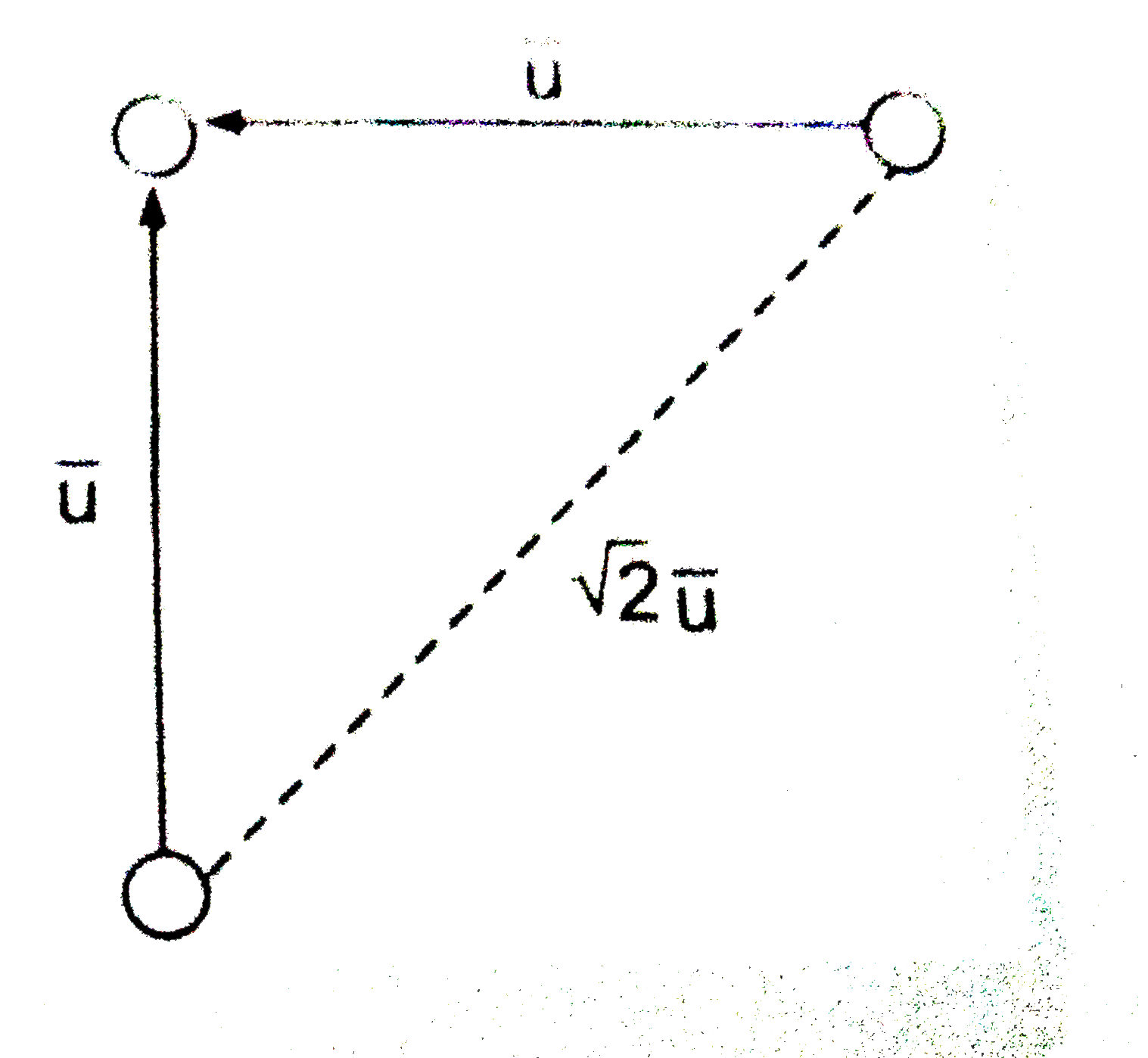Doubtnut is No.1 Study App and Learning App with Instant Video Solutions for NCERT Class 6, Class 7, Class 8, Class 9, Class 10, Class 11 and Class 12, IIT JEE prep, NEET preparation and CBSE, UP Board, Bihar Board, Rajasthan Board, MP Board, Telangana Board etc
NCERT solutions for CBSE and other state boards is a key requirement for students. Doubtnut helps with homework, doubts and solutions to all the questions. It has helped students get under AIR 100 in NEET & IIT JEE. Get PDF and video solutions of IIT-JEE Mains & Advanced previous year papers, NEET previous year papers, NCERT books for classes 6 to 12, CBSE, Pathfinder Publications, RD Sharma, RS Aggarwal, Manohar Ray, Cengage books for boards and competitive exams.
Doubtnut is the perfect NEET and IIT JEE preparation App. Get solutions for NEET and IIT JEE previous years papers, along with chapter wise NEET MCQ solutions. Get all the study material in Hindi medium and English medium for IIT JEE and NEET preparation

